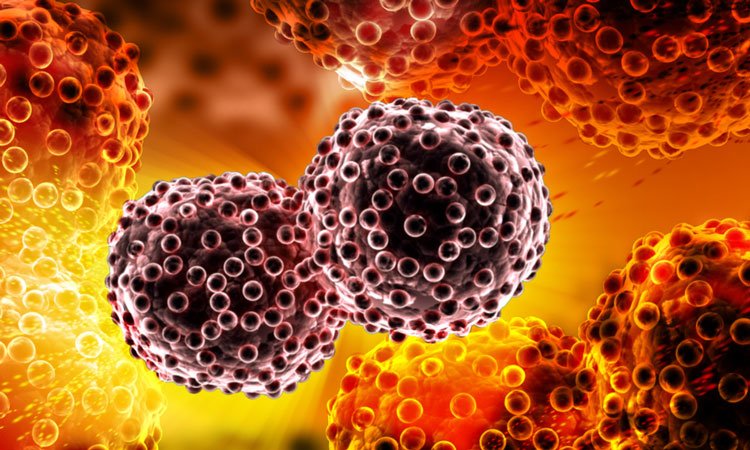Microfluidics device to detect cancer cells in blood
Posted: 26 February 2019 | Iqra Farooq (Drug Target Review) | No comments yet
A recently developed microfluidics device is able to detect and separate out cancer cells in blood, without the need for dilution…


Scientists have developed a microfluidic device that is able to isolate individual cancer cells from patient blood samples.
Researchers at the University of Illinois at Chicago and Queensland University of Technology of Australia developed the device that can be used to separate the various cell types found in blood by size.
“This new microfluidics chip lets us separate cancer cells from whole blood or minimally-diluted blood,” said Dr Ian Papautsky, the Richard and Loan Hill Professor of Bioengineering in the UIC College of Engineering and corresponding author on the paper.
“While devices for detecting cancer cells circulating in the blood are becoming available, most are relatively expensive and are out of reach of many research labs or hospitals. Our device is cheap, and doesn’t require much specimen preparation or dilution, making it fast and easy to use.”
The researchers mentioned how their device could enable rapid, cheap liquid biopsies to help the detection of cancer, and may even aid the development of targeted treatment.
The ability of the device to isolate cancer cells is a crucial step, and would eliminate the discomfort and cost of tissue biopsies. Liquid biopsy could also track to efficacy of chemotherapy over time, and even to detect cancer in organs.
The isolation of these cancer cells is extremely difficult, since they are present in tiny quantities. For many cancers, circulating cancer cells are present as levels as low as one per one billion blood cells.
“A 7.5-milliliter tube of blood, which is a typical volume for a blood draw, might have ten cancer cells and 35-40 billion blood cells,” said Prof Papautsky. “So we are really looking for a needle in a haystack.”
“Using size differences to separate cell types within a fluid is much easier than affinity separation which uses ‘sticky’ tags that capture the right cell type as it goes by. Affinity separation also requires a lot of advanced purification work which size separation techniques don’t need.”
The developed device works through the phenomena of inertial migration and shear-induced diffusion to separate cancer cells from blood as it passes through ‘microchannels’ formed in plastic.
“We are still investigating the physics behind these phenomena and their interplay in the device, but it separates cells based on tiny differences in size which dictate the cell’s attraction to various locations within a column of liquid as it moves.”
After ‘spiking’ healthy blood with non-small cell lung cancer cells, the device was able to recover 93 percent of the cancer cells. When run on actual samples from patients with non-small cell lung cancer, the microfluidic device was able to separate cancer cells from six of the eight samples.
The study was published in the journal Microsystems and Nanoengineering.
Related topics
Analytical techniques, Disease research, Microfluidic Technology, Oncology, Research & Development, Screening
Related conditions
Cancer, Lung cancer
Related organisations
Queensland University of Technology, University of Illinois
Related people
Ian Papautsky


